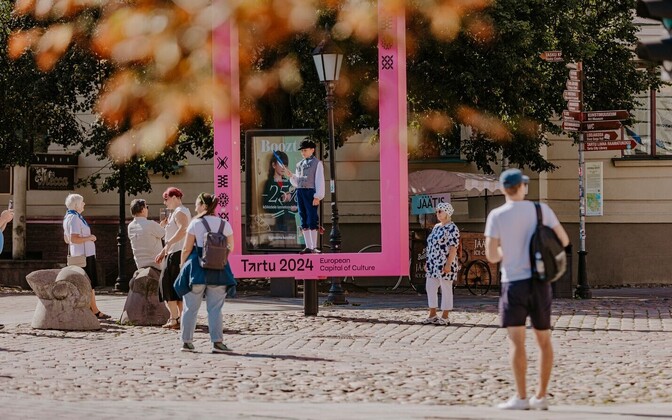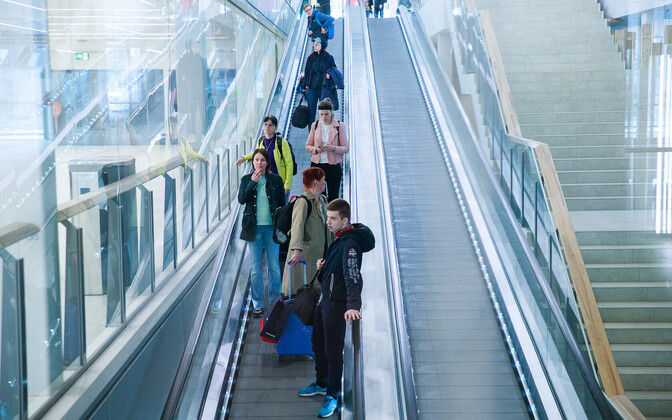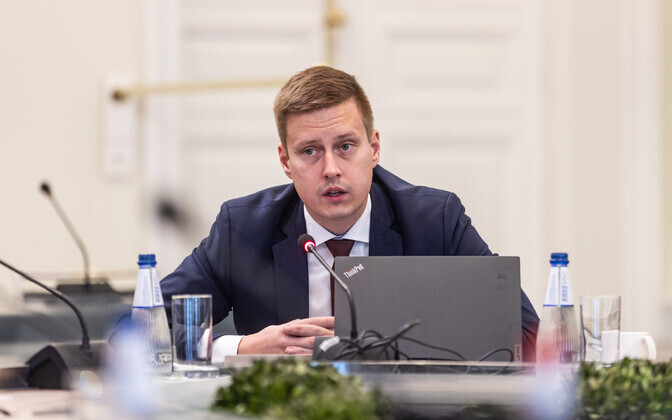The “Long view of Estonian Tourism 2025-2035” strategy wants to increase the share of tourism with higher added value and develop Estonia’s international image but provides little detail about how this will be achieved.
Estonia should be able to attract tourism throughout the year, the report says. This will include international business and conference tourism and increase the country’s reputation as a destination for digital nomads.
It says Estona’s image must prioritize innovation, connect it to being a digital county, and a world-leading digital society.
New facilities are also needed including better mobility options. Surveys show foreign visitors are satisfied with the availability of information, but less satisfied with public transport connections.
The strategy also includes broadening tourism outside of Tallinn and cities. However, it has been pointed out that for a significant increase in revenue, hospitality must significantly increase. The plan includes the development of the industry.
“High-level hospitality ensures high satisfaction of tourism parties, local residents and tourists,” the report says.
It says digital transition, innovation transition, and green transition create the preconditions for tourism development but does not go into detail.
Estonia’s moderate climate could also increase its attractiveness, as could accessibility to attractions and other countries. The strategy stresses commitment to sustainability is also increasingly appreciated.
“Sustainability is a baseline requirement for tourism in Estonia, and maintaining a high ranking in international sustainable destination indices is essential. Educating visitors on sustainable tourism practices is also a key priority,” the document states.
Highlight innovation is seen as key to developing Estonia’s brand. This include creating unique experiences with augmented reality, automation, and artificial intelligence that distinguish Estonia from its competitors. Cooperation should be carried out with research institutions and other sectors.
The document lists several principles that should guide the tourism sector. Goals include ensuring that everyone acts as an ambassador for Estonia’s positive image by promoting the country, its tourism businesses, nature, cuisine, and culture both domestically and internationally.

It emphasizes the need to discuss tourism’s impact on Estonia’s overall economy, to value local uniqueness, and to strive to exceed visitors’ expectations.
Additionally, the sector should take responsibility for future generations, operate with honesty and transparency, and ensure that Estonia is a valued travel destination for locals as well.
“Cooperation is the basis of Estonian tourism development,” the document summarizes the basic principles of tourism development.
The strategy wants to see the added value of the tourism sector rise from €2.2 million to €4.3 million by 2035.
Tourist satisfaction should rise from 73 percent to 75 percent by 2035.
Regular International direct flight routes should increase from 32 to 50 under the strategy’s time frame. Similarly, the number of regular direct flight departures should increase from 273 to 450.

“We will ensure convenient transportation options (airplane, ship, train, etc.) for traveling to Estonia. We will support the growth in the number and frequency of new international flight routes and their marketing. We will promote the sustainable development of passenger shipping, including cruises. We will also encourage the development of tourism products at small harbors,” the plan outlines, though it does not specify how these goals will be achieved.
Ministry: The document will help shape policy in the future
ERR asked the ministry about the strategy’s purpose as it contains little concrete information.
Külli Kraner, head of the tourism department, said the document serves as the sector’s development plan, defines longterm goals, and provides data. She emphasized its 18 appendices.
“The long-term vision serves as an overarching framework for the development of four-year action plans in the tourism sector, which are prepared in collaboration with the industry. The achievement of these goals is monitored by the Tourism Council, established under the Ministry of Economic Affairs and Communications and led by the minister responsible for tourism,” Kraner said.

Minister of Economy and Industry Erkki Keldo said tourism is an important part of the economy which can bring in investment and increase economic competitiveness.
“The tourism sector helps create the first impression of our country for visitors to Estonia, thereby also influencing investment decisions. The long-term goal of tourism is to set targets that enhance the attractiveness of our country as a destination for both tourism and business,” he said.
The ministry is now awaiting feedback from the tourism sector.
Last year, tourism accounted for 5-7 percent of Estonia’s GDP, and 26 cents of every euro spent by tourists went to taxes. There were 5,000 tourism companies, or 3.4 of all companies.
Domestic and foreign tourists had 6.37 million overnight stays, and 52 percent of the overnight stays were outside Tallinn. 23 percent of the tourists were business tourists.
—
Follow ERR News on Facebook and Twitter and never miss an update!
This post was originally published on here







